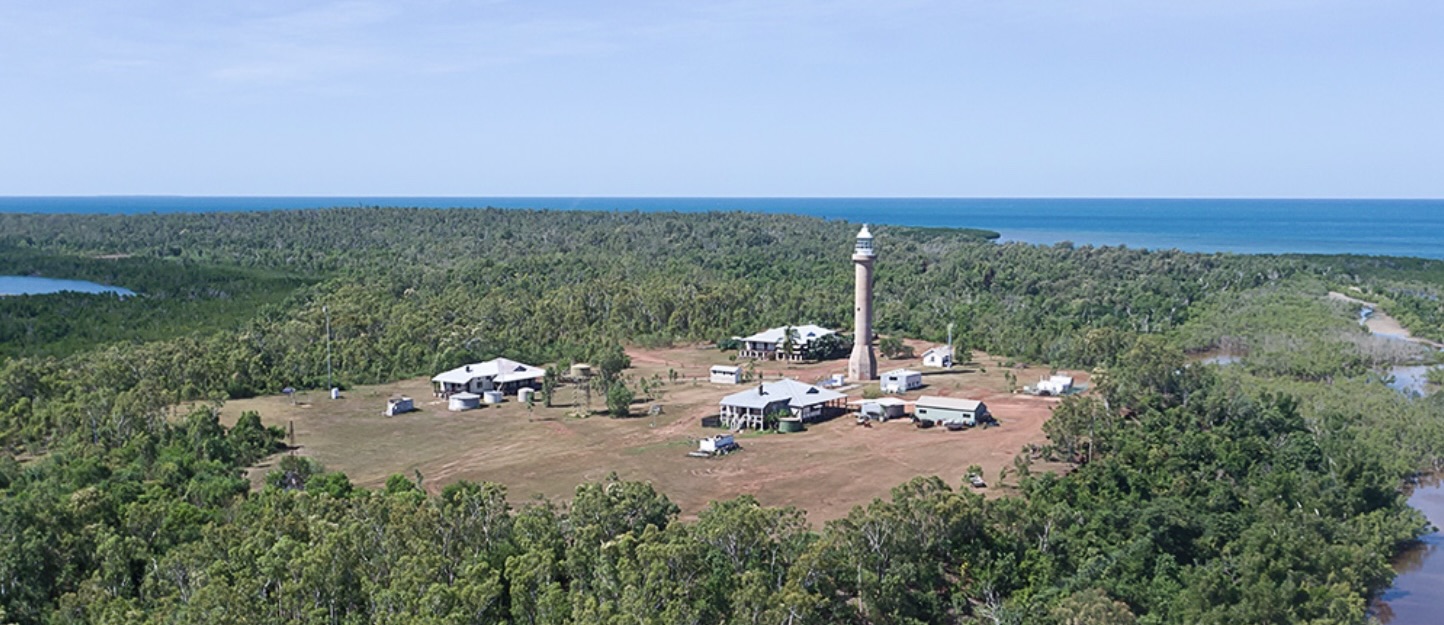
The Cape Don Lighthouse was to be my original starting and finishing point for this adventure. As you may recall the original plan was to regard Australia as a clockface, starting at 12 o’clock and traveling clockwise around the country using our lighthouses as my waypoints. Being the most northerly mainland lighthouse and located pretty much in the middle of Australia’s East/West axis it was in the logical 12 o’clock position, literally top and centre of the Top End, 570 kms north east of Darwin.
Well often plans are one thing and reality another, and as it turns out Cape Don is almost impossible to get to by land and now requires helicopter only access by air as the dirt airstip shown below has been decommissioned, or alternatively. Alternatively I could have tried to hitch a ride on a fishing boat or remote settlement supply vessel but even if I could have found one going that way it would have been at least a week round trip from Darwin with no certainty about a departure or return date. I didn’t have the time or budget for either of these options but in the spirit of my quest it did take me to Arnhem Land and Darwin for the first time so in a way it served its purpose and hopefully I’ll get there one day!
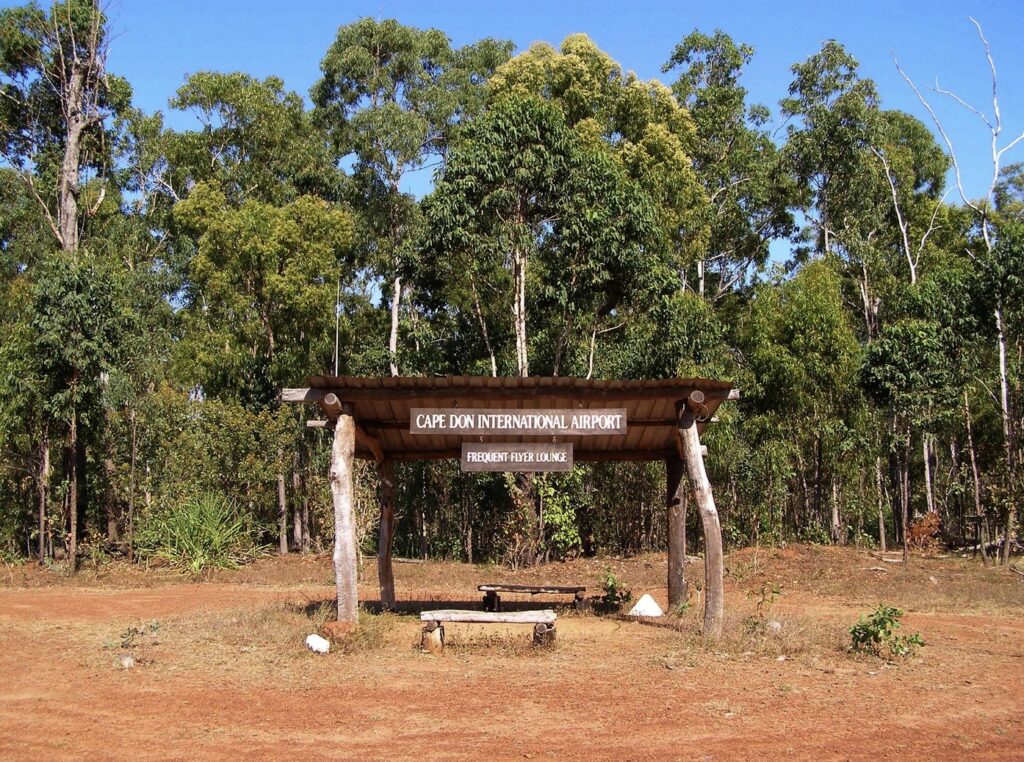
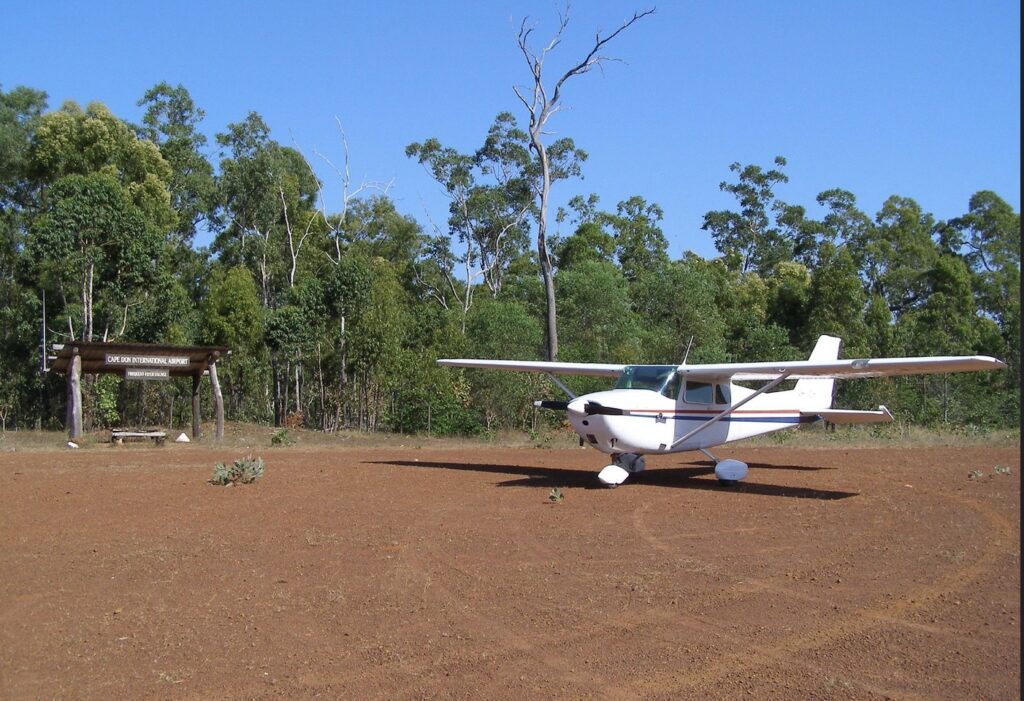
Cape Don lighthouse marks the entrance to Dundas Strait between the Torres Strait and Melville Island. Constructed between 1915 and 1917 during the “Golden Age of Australian Lighthouses,” this remote outpost represented the Commonwealth Lighthouse Service’s largest project to that date, and was designed to guide vessels through the critical passage to Darwin.
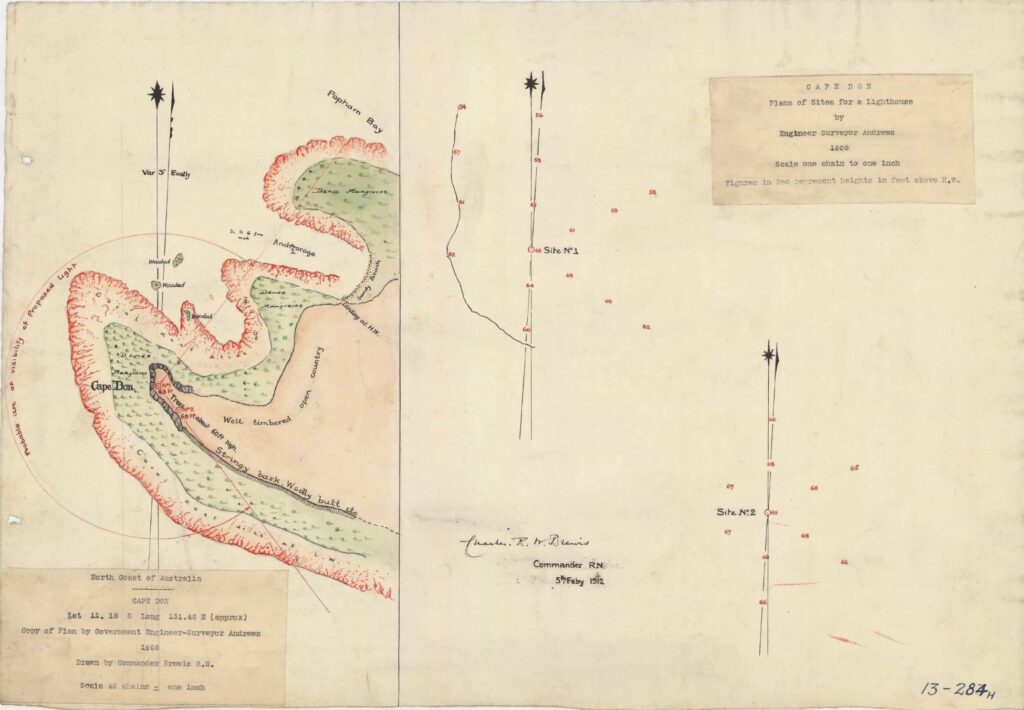
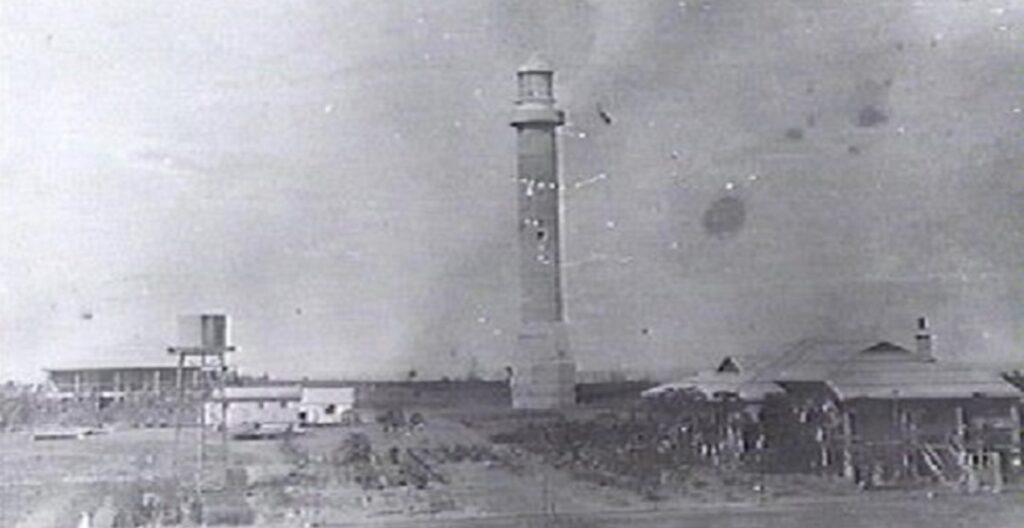
Following the transfer of the Northern Territory to federal administration in 1911, the newly formed Commonwealth Lighthouse Service immediately recognized the strategic importance of illuminating the dangerous strait between the Cobourg Peninsula and Melville Island, which served as a vital maritime corridor yet remained unlit and treacherous for vessels.
The construction represented one of Australia’s most logistically challenging lighthouse projects. Tropical heat precluded iron construction, while unsuitable local ironstone necessitated transporting all concrete materials from Melbourne. Poor landing conditions forced builders to establish their supply point at Christies Bay, three miles east, constructing a jetty and tramway system with horses drawing materials. The oppressive climate and challenging terrain limited operations to two round trips daily during the April-November dry season, extending the project across three years.
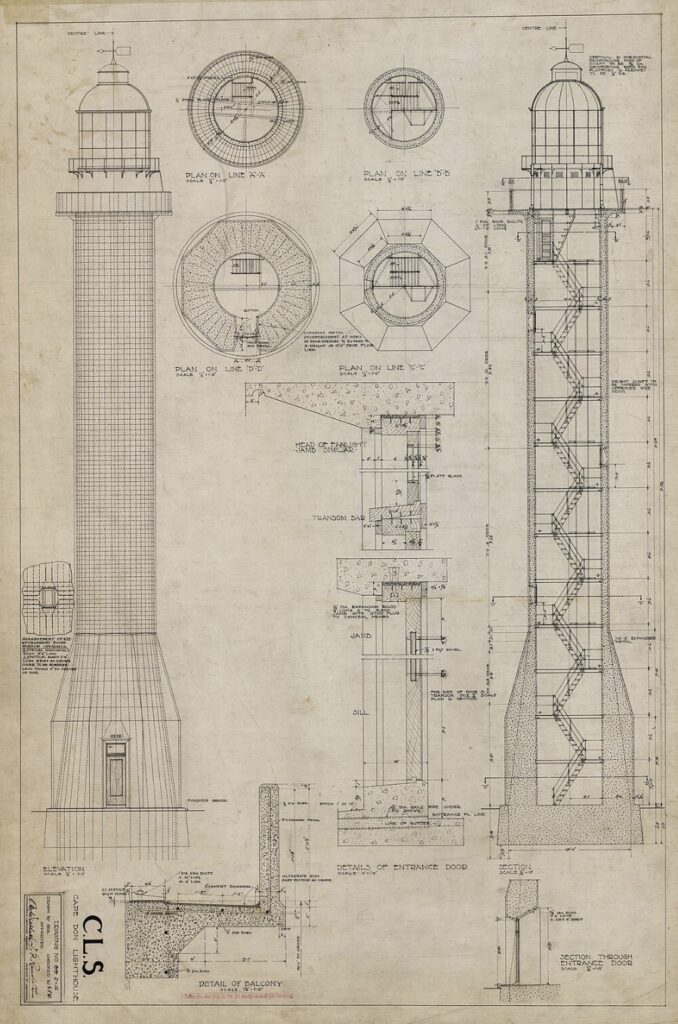
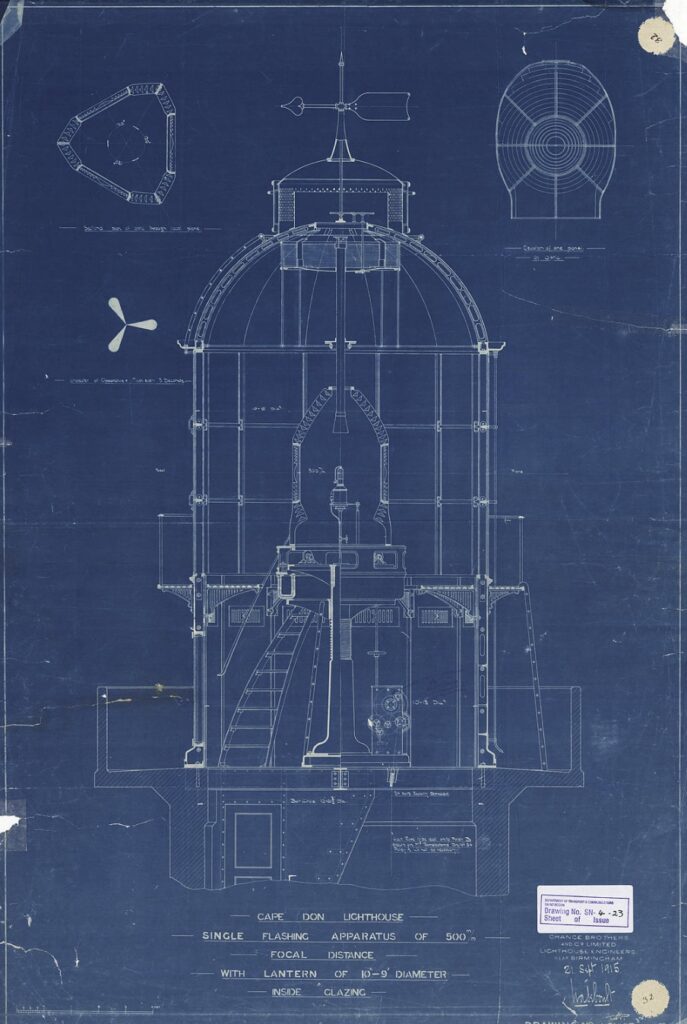
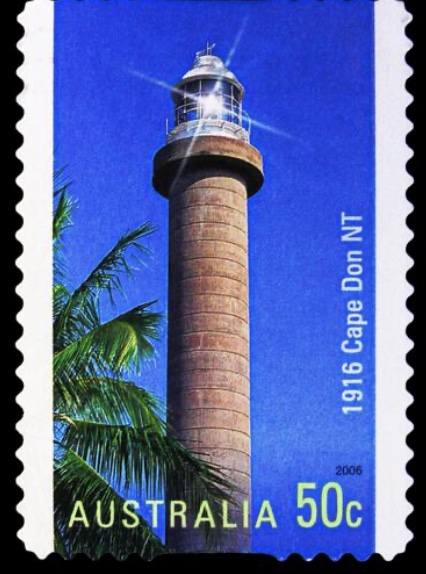
Lighthouse keepers and their families endured extreme isolation in concrete block cottages elevated on reinforced foundations with timber verandahs. The station operated as a self-contained community where keepers maintained the optical apparatus, infrastructure, and meteorological equipment that proved invaluable for tracking cyclone development throughout the manned period.
Though ready in June 1917, an earthquake in August 1917 delayed operations when twelve kilograms of mercury were lost from the rotating mechanism. The lighthouse finally commenced operation on 15 September 1917, its Chance Brothers third-order Fresnel lens projecting a beam visible for 23 nautical miles. During World War II, a radar station added strategic military significance. Electrification occurred in the early 1970s, and in 1983 the light was automated with solar-powered technology, making it Australia’s first solar-powered lighthouse.
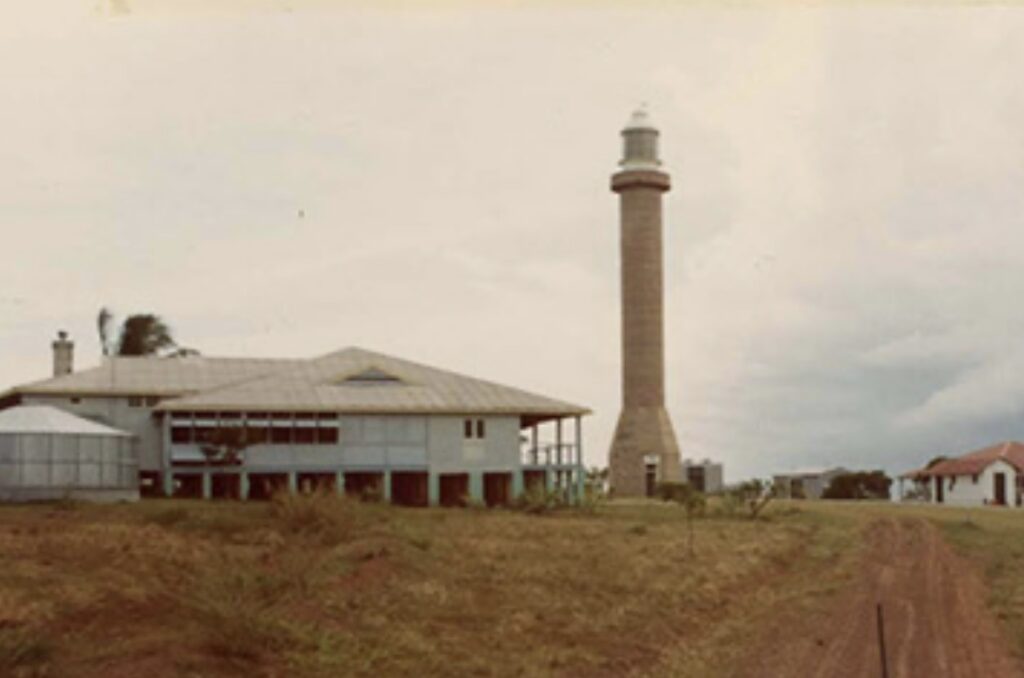
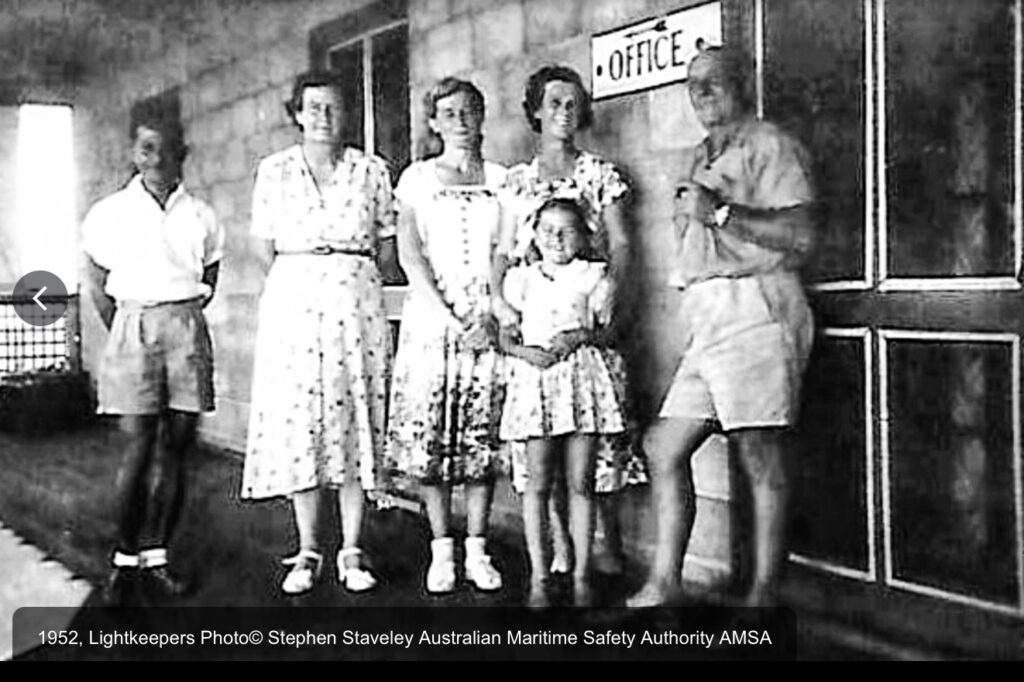
Today, the lighthouse continues operating under the Australian Maritime Safety Authority within Garig Gunak Barlu National Park. The complex retains exceptional integrity with original buildings, visible tramway paths, and causeway remnants. The original lens, removed during automation, was donated to the Queensland Maritime Museum in 2005. The head keeper’s house now serves as a fishing lodge in one of Australia’s most remote locations, accessible only by four-wheel drive during the dry season or by air and boat year-round.
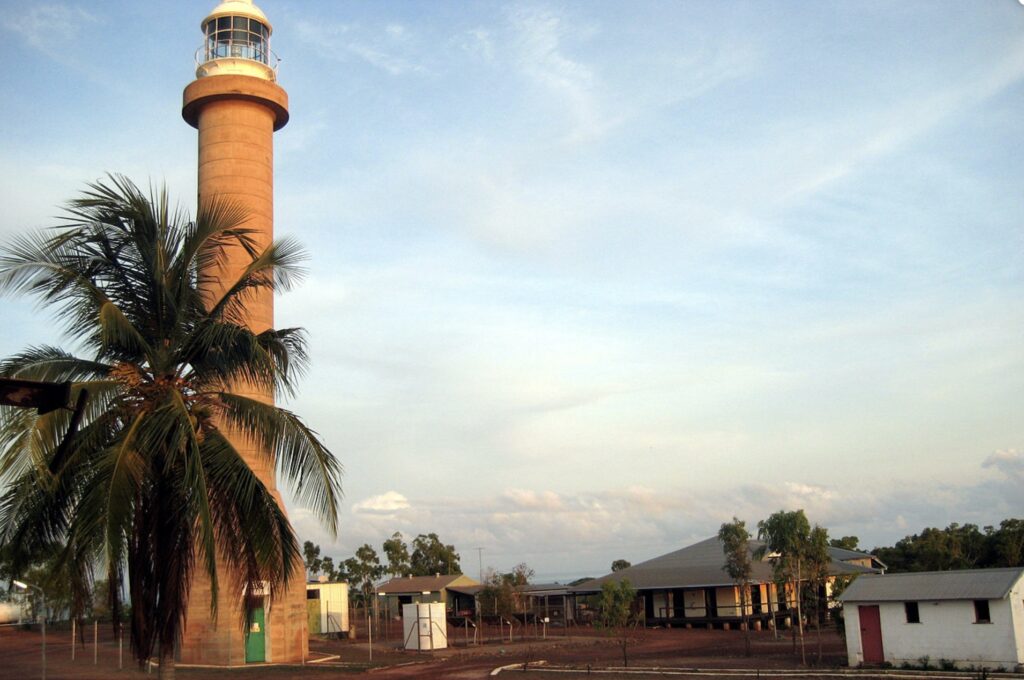
Technical Specifications:
First Exhibited: 15 September 1917
Status: Active (Automated 1983)
Location: Cape Don, tip of Cobourg Peninsula, Northern Territory (within Garig Gunak Barlu National Park)
Construction: 1915-1917, first lighthouse built by Commonwealth Lighthouse Service
Construction Material: Reinforced concrete (materials shipped from Melbourne)
Tower Height: 28 metres (92 feet) from ground to platform
Access Construction: Jetty at Christies Bay with tramway system, 3 miles to construction site
Keeper Accommodation: Three concrete block cottages on elevated foundations with timber verandahs
Original Light Source: 55-millimetre vapourised kerosene incandescent mantle
Original Lens: Chance Brothers 3rd order 500-millimetre dioptric Fresnel lens
Current Light: Solar-powered, 260,000 cd intensity, visible 22 nautical miles
Light Characteristic: White flash every 10 seconds (Fl.W. 10s)
Current Operator: Australian Maritime Safety Authority
Site Manager: Garig Gunak Barlu National Park
Heritage Status: Listed on Australian Heritage Places Inventory
Notable Features: Australia’s northernmost traditional lighthouse; first Commonwealth Lighthouse Service project; first solar-powered lighthouse in Australia; maintained meteorological records throughout manned period; WWII radar station; original tramway and causeway remnants visible; head keeper’s cottage now fishing lodge; original lens preserved at Queensland Maritime Museum
Disclaimer: Due to the need to get across the “Top End” in the dry season (which usually ends in October), and to spend time in the outback on the way north I have rushed the first stage of Act 3. In order to document the lighthouses I’ve visited I’ve enlisted the help of Elon Grok and A.I. Claude to help on these Lighthouse Stories. Despite their claims of infallibility I’ve found some of their facts not to be accurate and would welcome any corrections, which they will learn from! I have also sourced a few photos from the public domain (i.e. Dr Google) to compliment the shots I’ve taken on my travels. I would like to concentrate on telling my personal experiences and thoughts as I travel around and intend to reedit these lighthouse stories when I have time.